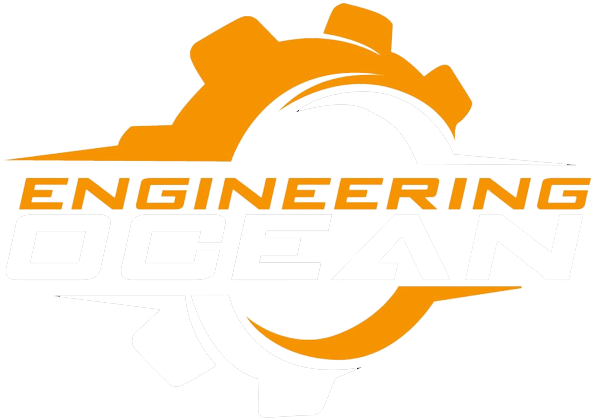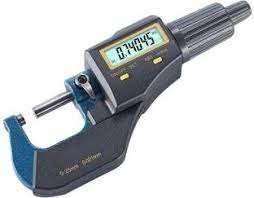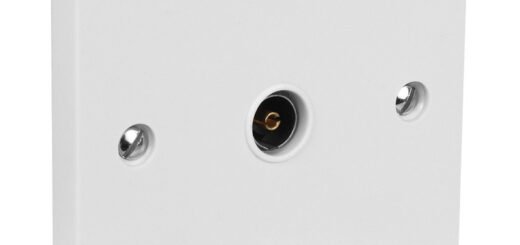Introduction to DPDT Non-Latching Relay Plug In
A DPDT (Double Pole Double Throw) relay is an electronic device used for controlling high voltage, high current devices. It is designed to switch between two different circuits, allowing current to flow from one circuit to another. The DPDT Non-Latching Relay Plug In is a type of DPDT relay that is commonly used in a variety of industrial and commercial applications.

The DPDT Non-Latching Relay Plug In is a small, compact device that can handle high currents of up to 10 amps. It is designed to work with a 24V dc coil, which makes it perfect for use in a wide range of applications, including industrial automation, HVAC systems, and power distribution systems.
What is a Non-Latching Relay?
A non-latching relay is a type of relay that requires continuous power to remain active. Unlike a latching relay, which can be activated and deactivated with a single pulse of power, a non-latching relay requires a constant power source to keep the circuit closed. This makes non-latching relays ideal for applications that require continuous power, such as lighting systems, motor controls, and HVAC systems.
The DPDT Non-Latching Relay Plug In is designed to be simple to use, with a compact design that makes it easy to install and operate. It is also very reliable, with a long lifespan that makes it an excellent choice for high-performance applications.

How Does a DPDT Non-Latching Relay Plug In Work?
A DPDT Non-Latching Relay Plug In is a two-pole, double-throw relay that uses a 24V dc coil to control the flow of current between two circuits. It works by using a magnetic field to open and close the contacts, allowing current to flow through the circuit.
When power is applied to the coil, it creates a magnetic field that pulls the contacts together, allowing current to flow from one circuit to the other. When the power is removed, the contacts separate, cutting off the current flow.
The DPDT Non-Latching Relay Plug In has two poles, which means that it can control the flow of current between two circuits simultaneously. Each pole has two throws, which means that it can switch between two different circuits. This makes it a very versatile device that can be used in a wide range of applications.
Advantages of Using a DPDT Non-Latching Relay Plug In
One of the main advantages of using a DPDT Non-Latching Relay Plug In is its compact design. It is a small, lightweight device that can be easily installed and operated, making it ideal for use in tight spaces or applications where space is at a premium.
Another advantage of using a DPDT Non-Latching Relay Plug In is its reliability. It is a very durable device that is designed to withstand harsh environments and high temperatures. This makes it an excellent choice for use in industrial automation, HVAC systems, and power distribution systems.
The DPDT Non-Latching Relay Plug In is also very easy to use. It can be easily integrated into existing systems, and its simple design means that it can be operated with minimal training or expertise.
Applications of DPDT Non-Latching Relay Plug In
The DPDT Non-Latching Relay Plug In is used in a variety of industrial and commercial applications, including:
- Industrial Automation: The DPDT Non-Latching Relay Plug In is used in a wide range of industrial automation applications, including motor controls, lighting systems, and power distribution systems.
- HVAC Systems: The DPDT Non-Latching Relay Plug In is used in heating, ventilation, and air conditioning (HVAC) systems to control the flow of current to various components, including fans.



